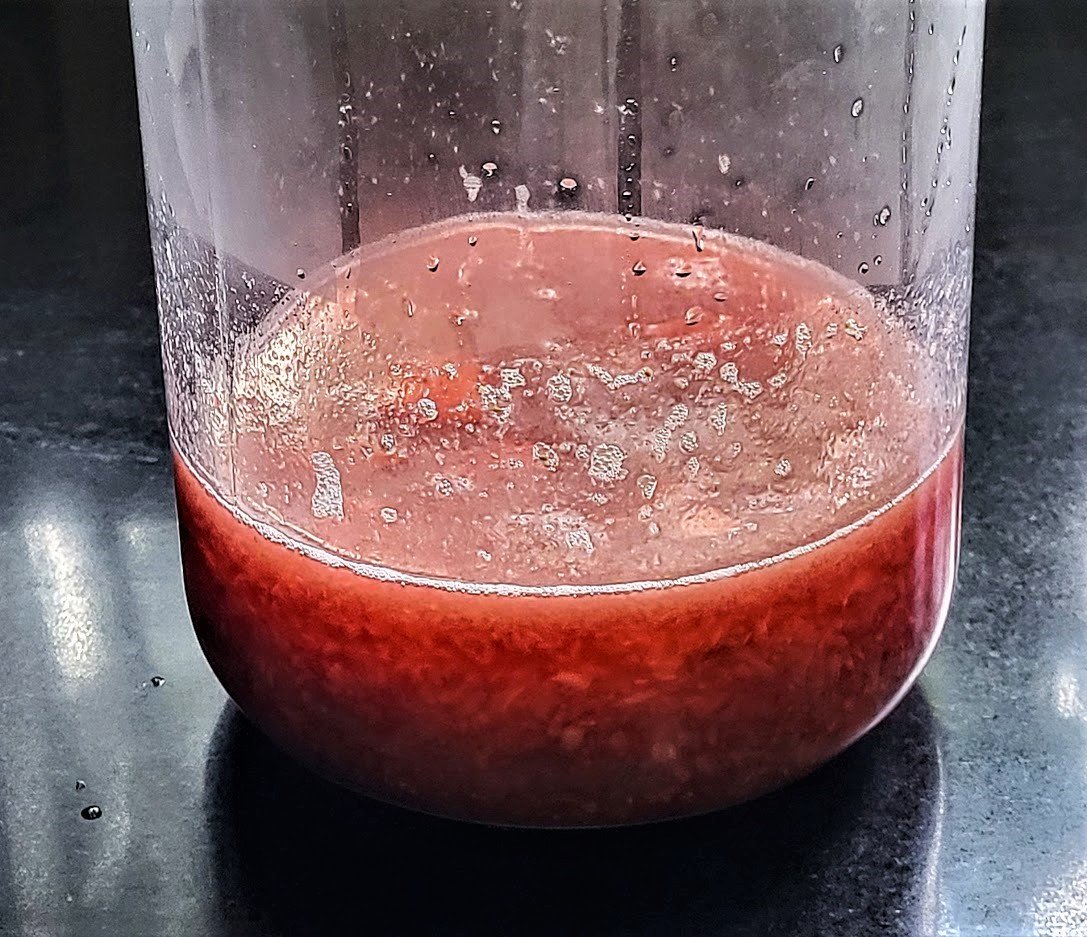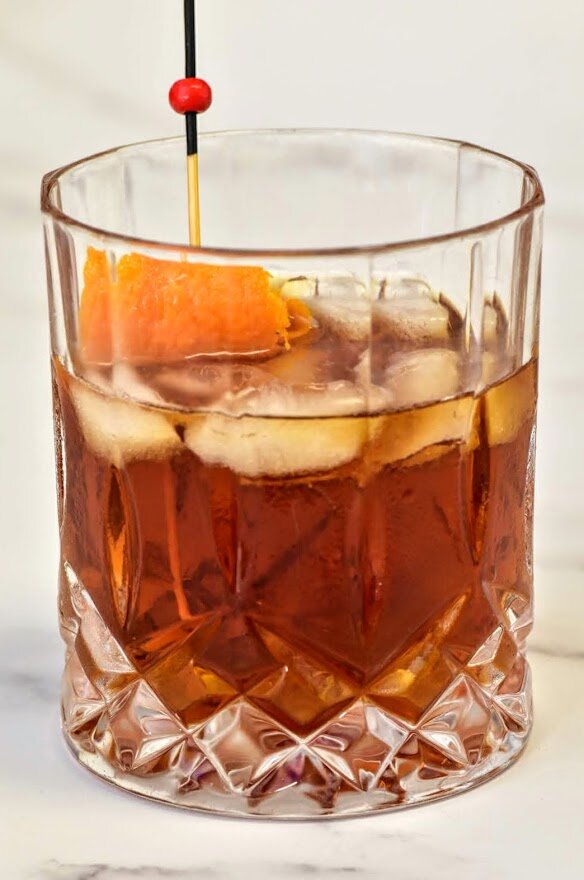Mocha Tequila →
I was first introduced to Patrón XO Coffee Liqueur while visiting friends on one of the Thousand Islands in the St. Lawrence River. It may have been the beautiful location, the conviviality of the evening, the great food, a few bottles of wine, or all of the above, but I fell in love with the delicious after-dinner drink. When I asked where I could buy it, my friends informed me that Patrón had discontinued making the liqueur, but they had a stash they kept for special occasions. Appreciative, but undeterred, I decided to make my own. After researching several recipes, I decided to make Mocha Tequila using a combination of pure cocoa powder, instant expresso coffee, simple syrup, and pure agave tequila. The results are delicious. Sip it, pour it over desserts, or add it to your favorite coffee martini. *Note: I recently heard Patrón is producing XO Coffee Liqueur again due to the overwhelming popular demand. Power to the People! However, if you like tequila and you’re someone who enjoys making liqueurs, give this recipe a try. I think you’ll be glad you did. Salud!
MOCHA TEQUILA
Ingredients
· 375 ml. pure Agave Tequila (I used Hornitos)
· 1/2 tablespoon pure cocoa powder like Ghirardelli or Hershey’s
· 1/2 tablespoon Medaglia D’Oro instant espresso powder
· 100 ml. simple syrup made with demerara sugar (1:1 H2O)
Preparation
1. Combine tequila, cocoa powder, and instant coffee in a sterilized glass container.
2. Let sit for 2 weeks to a month; filter and pour back into the aging container. In the aging container, combine the simple syrup with the tequila, stirring to combine.
3. Let sit for one or two weeks, check for sweetness and add 25 ml. of simple syrup if necessary. Let it sit for another week or two; if you see any sediment in the bottle, decant and strain carefully and then bottle and enjoy.
































